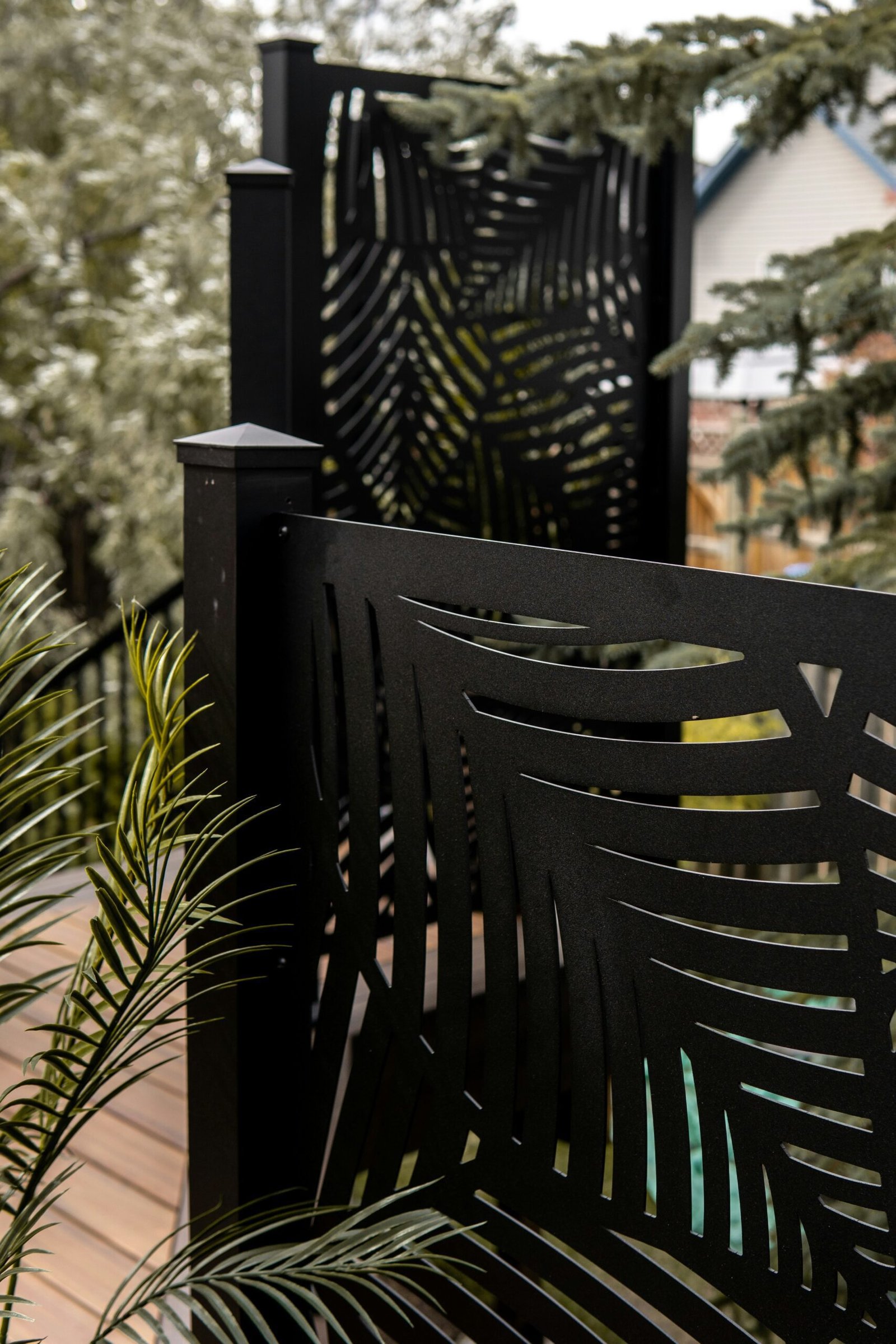Discover the benefits of air-drying laundry as a smart, eco-friendly, and cost-effective alternative to tumble dryers. Learn how to save on electricity bills, extend the lifespan of your clothes, and explore various indoor and outdoor drying techniques. This comprehensive guide provides practical tips to optimize your air-drying process, making your household more sustainable and economical.
Introduction to Air-Drying Laundry
Air-drying laundry emerges as a smart, eco-friendly, and cost-effective alternative to using a tumble dryer. By leveraging natural air and sunlight, air-drying significantly reduces energy consumption, thereby lessening our carbon footprint. This method aligns well with the growing emphasis on sustainable living and environmental stewardship.

One of the primary benefits of air-drying is the notable financial savings on electricity bills. Tumble dryers are among the most energy-intensive appliances in a household, and their frequent use can result in substantial electricity costs. By switching to air-drying, households can achieve a considerable reduction in their energy expenditure.
Read this article and do not forget to check the YouTube channel “Word of Advice TV”:
https://www.youtube.com/@WordofAdviceTV
Dryer Not Heating and The Most Common Fix (video)
Additionally, air-drying contributes to the longevity of clothes. Tumble dryers often cause wear and tear due to the high heat and mechanical action involved in the drying process. In contrast, air-drying is gentler on fabrics, preserving the quality and durability of clothing items over time. This not only prolongs the life of garments but also reduces the frequency of purchasing new clothes, further contributing to financial savings.
There are various methods available for air-drying laundry, each suited to different living situations and needs. Indoor drying racks, outdoor clotheslines, and even hangers can be employed to efficiently dry clothes without relying on a tumble dryer. These methods can be customized based on space availability, weather conditions, and personal preferences.
As we delve deeper into the specifics of air-drying laundry, the following sections will explore these methods in more detail, providing practical tips and insights to optimize the drying process. Whether you are new to air-drying or looking to enhance your current practices, this comprehensive guide will equip you with the knowledge to make the most of this sustainable and economical approach.
Indoor Drying Solutions
Drying laundry indoors can be an efficient and eco-friendly alternative to using a tumble dryer. To achieve the best results, it’s essential to understand the various tools and techniques available. Key among these are drying racks, clotheslines, and hangers, each offering unique benefits based on space and laundry volume. Drying racks come in a variety of designs, including foldable and tiered options, making them ideal for maximizing limited space. Clotheslines, whether retractable or fixed, are particularly useful for larger items like sheets and towels.
To enhance the drying process, consider placing racks or clotheslines near windows or vents to take advantage of natural airflow. The use of fans or dehumidifiers can significantly speed up drying times by reducing moisture levels in the air. Proper ventilation is crucial to prevent mold and mildew buildup, which can occur in areas with poor air circulation. Ensure that the room is well-ventilated, either by opening windows or using exhaust fans, especially in more humid environments.
Selecting the right drying tools depends largely on the available space and the volume of laundry. For smaller spaces, wall-mounted drying racks or over-the-door hangers can be extremely efficient. For larger loads, consider multi-tiered racks or expanding clotheslines that offer ample drying space without occupying too much floor area. Additionally, for delicate items that require special care, using padded hangers or mesh drying racks can help maintain their shape and texture.
To prevent wrinkles and ensure clothes dry evenly, avoid overcrowding the drying space. Leave enough room between items for air to circulate freely. Using hangers for shirts and blouses can also help maintain their shape and reduce the need for ironing. For heavier items like jeans and sweaters, laying them flat on a drying rack can prevent stretching and maintain their original fit.
By strategically using these indoor drying solutions, you can effectively dry your laundry without the need for a tumble dryer, ensuring your clothes stay fresh and in great condition.
Outdoor Drying Techniques
Drying laundry outdoors presents an eco-friendly and cost-effective alternative to using a tumble dryer. One of the primary advantages of outdoor drying is the natural sanitization and deodorization provided by sunlight and fresh air. Ultraviolet rays from the sun act as a natural disinfectant, effectively killing bacteria and other microorganisms, while the fresh air helps to remove lingering odors, leaving your clothes smelling fresh and clean.
Traditional clotheslines are a popular choice for outdoor drying. They can be easily set up in a garden or backyard, providing ample space for hanging multiple garments. Retractable lines offer versatility and convenience, as they can be extended when needed and retracted to save space when not in use. Portable drying racks are another option, ideal for those with limited outdoor space or for use on balconies and patios.
Choosing the optimal location for outdoor drying is crucial for achieving the best results. Look for a spot that receives plenty of sunlight and is exposed to a gentle breeze, as these factors will expedite the drying process. However, be mindful of potential weather changes. It is advisable to check the weather forecast before hanging your laundry outside and to have a plan in place for quickly bringing in clothes if rain is expected.
To prevent your clothes from blowing away, use sturdy clothespins to secure them to the line. Additionally, consider using mesh laundry bags for smaller items like socks and undergarments, which can easily get lost in the wind. If pollen or pollution is a concern in your area, you can mitigate these issues by timing your drying sessions during periods of low pollen count and avoiding high-traffic areas that may expose your laundry to exhaust fumes.
While outdoor drying has numerous benefits, it is essential to be aware of potential drawbacks. For example, pollen can cling to wet clothes, causing issues for those with allergies. To address this, consider drying your laundry indoors during high-pollen seasons. Also, be cautious of pollution levels, as airborne contaminants can settle on your clothes, potentially causing discoloration or health concerns.
Efficient Drying Tips and Tricks
Air-drying laundry is an eco-friendly and cost-effective alternative to using a tumble dryer. To maximize efficiency, start with proper washing techniques. Utilizing a high spin cycle can significantly reduce the amount of water retained in the fabrics, which speeds up the drying process. This simple step can make a noticeable difference in how quickly your clothes dry.
Sorting laundry by fabric type and weight is another crucial method to enhance drying efficiency. Heavier items like jeans or towels take longer to dry compared to lighter fabrics such as t-shirts and undergarments. By grouping similar items together, you can optimize drying times and prevent damp spots caused by heavier items pressing against lighter ones.
Shaking out garments before hanging them to dry can also be beneficial. This action helps to reduce wrinkles and improves airflow around the fabric, which can expedite drying times. It’s a small habit that can make a considerable impact on the final dryness and appearance of your clothes.
When it comes to positioning your laundry, using clothespins or hangers with clips can help secure items in a way that promotes better airflow. This technique prevents clothes from folding over themselves, which can create damp spots and prolong drying times. Additionally, clothespins and hangers help keep your laundry organized and prevent items from falling off while drying.
For those with limited space, creative drying solutions can be a game-changer. Shower rods, over-the-door racks, and collapsible drying racks are excellent for maximizing small areas. These tools allow you to utilize vertical space and keep your living areas free from clutter.
In conclusion, air-drying clothes not only conserves energy and reduces utility bills, but also extends the lifespan of your garments. By adopting these smart practices, you can efficiently dry your laundry without relying on a tumble dryer, making your household more sustainable and economical.
Other related posts from our website:
https://howtobuildahouseblog.com/how-to-beat-the-dirty-laundry-accumulation-cycle/
https://howtobuildahouseblog.com/smart-laundry-room-ideas/
https://howtobuildahouseblog.com/how-to-organize-a-laundry-room/
We sincerely hope that our video and post can help you.
Please, write your opinion in the comment section and do not forget to subscribe to our channel if you are new to our YouTube channel.
See you soon at another post.
Bye, Bye



No Responses